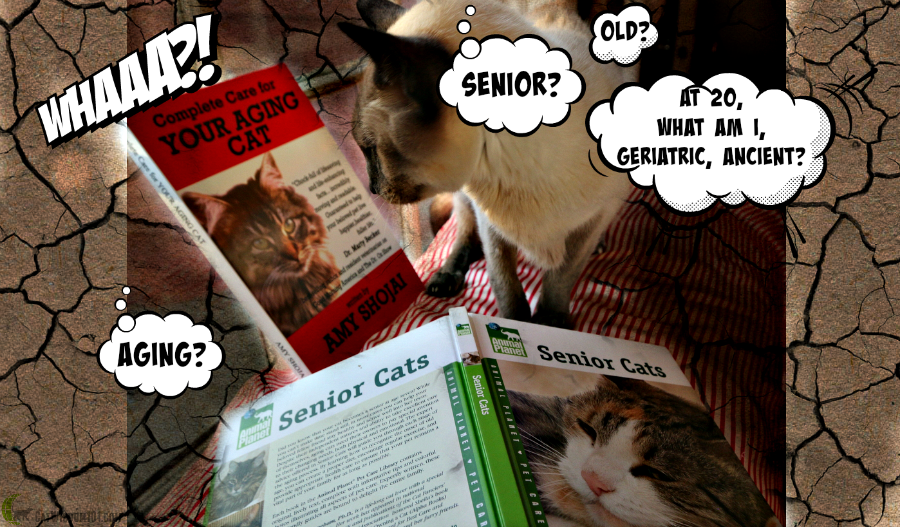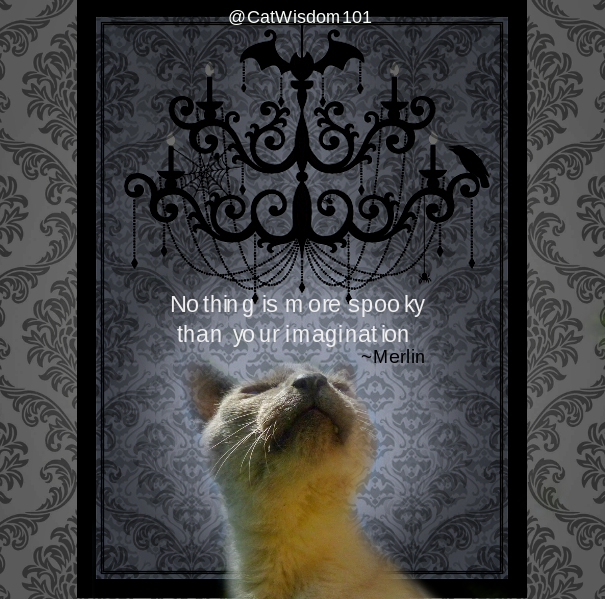Dr. Letrisa Miller Wins Award & Vet 101: Sleep Changes in Senior Cats
It was a special thrill to be at the CWA Awards Dinner last Saturday in Atlanta and learn our Vet 101 contributor Dr. Letrisa Miller won The CEVA Human-Animal Bond Award. Sponsored by CEVA, it consists of $1000 award and commemorative certificate.
The judge for this award is homeopathic veterinarian and holistic educator Dr. Christina Chambreau and author of the Healthy Animal’s Journal. About the entry the judge said, “I got to know Squeaky and her foibles well from the loving article. The author’s explanation of Squeaky’s diagnosis and treatment help us all remember that change is our only certainty. I love that the author knows Squeaky is, in many ways still with her, reminding her of the human-cat bond.” The winner is Dr. Letrisa Miller for “Vets are Pet Parents Too – Squeaky’s Long Fall” published at CatWisdom101.com.
If you haven’t read it, here’s the link to Squeaky’s Long Fall
November is Senior Pet Month and our senior cat Merlin is the ideal model as he peruses two senior cat care book we received at the conference.

Age Is Not a Disease! Something Else Is Causing Sleep Changes in Your Senior Cat
As fall rolls around and the days get colder, many of us start to notice our senior cats sleeping more and seeking out sunny spots. I always find myself wishing I could have their life—until I start thinking about this behavior from a doctor’s perspective.
The second symptom is usually easier to explain. Yowling in older cats is almost alway a response to high blood pressure. Older cats are particularly at risk because many of them already have early kidney disease. (See my series on understanding kidney disease in Vet 101.)
What about other changes in sleep? Decreased sleeping is almost always related to high thyroid hormone levels or to pain.
Hyperthyroidism, caused by tumors of the thyroid gland, is a common disease in older cats. Most thyroid tumors are benign, but some can be cancerous. Hyperthyroidism can be treated using the medication methimazole, by surgical removal of the thyroid gland, or by radiation therapy with radioactive iodine. All three treatments are highly effective.
Pain is extremely common in older cats. The cause is usually related to arthritis. In cats, the most common sites for arthritis are the elbows and the hips, followed by the lumbar back, knees (stifle) and wrists (carpus).
Cats respond inconsistently to pain. Some will sleep more when painful, and some will sleep less. Some will lick off the fur over painful sites, and many will have subtle limps or stiffness. With hip or knee arthritis, cats may be reluctant to jump or show a decreased ability to jump. Cats with elbow arthritis commonly start to walk with their front toes angled outward and look like they are trying to impersonate Charlie Chaplin’s famous walk.
Arthritis is not as easily treated as high blood pressure and hyperthyroidism. We haven’t found a cure yet (wouldn’t that be great!), so we do our best to decrease pain and increase mobility.
The least invasive things we can do for pain are laser therapy, massage and acupressure. Laser therapy and massage work particularly well for soft tissue pain and are excellent additions for some cats with arthritis. Many practitioners can help with acupressure if they are asked. Acupuncture is useful if you can find a certified practitioner in your area.
Exercise and medication can improve mobility, and increased mobility often reduces pain. Oral chondroitin sulfate and glucosamine or injected polysulfated glycosaminoglycan can be effective. If oral medications are chosen, I recommend using only those that are specifically labeled for veterinary use, because many of the human products for treating arthritis have been found (when analyzed by independent laboratories) to include unlisted ingredients such as acetaminophen (Tylenol). (While acetaminophen and ibuprofen may work wonders for human arthritis pain, they can be deadly for cats and dogs.) The injected product I use is Adequan, which is labeled for use in dogs (a product specifically labeled for cats is not available).
Lately, I have been choosing the injectable product over the oral product in many seniors for several reasons. Some older cats have decreased ability to absorb nutrients and drugs from their GI tract, resulting in poor response. Many also are not eating well, and I don’t want to discourage eating by putting a product in their food. The oral medication can also cause GI upset in some individuals. With individuals for whom none of these are issues, oral treatment is a good first line.
Adequan injections are given once a week for four weeks, then once monthly. Injections can be given at home and are not painful. Response tends to be dramatic. Improved jumping and a return to playful behavior are often seen within a few days of the first injection! A significant potential side effect of all of these products is prolonged bleeding time (similar to the effect aspirin has). If your cat is on one of these drugs and must have surgery, be sure to remind your veterinarian so they can be prepared in case excessive bleeding occurs.
If the medications for mobility don’t work to control arthritis pain, the next step is to treat with pain relievers. When it was newly approved, I used an NSAID (non-steroidal anti-inflammatory drug) called Meloxicam in low doses in patients with arthritis, but after one of them died from kidney failure that appeared to be associated with taking the drug and after treating numerous others for bleeding gastrointestinal ulcers, I stopped using it. One newer NSAID labeled for use in cats is available, but after reading the safety studies I decided to wait for a few years to see if any adverse events are reported before I decide whether to use it.
I now use a combination of very low dose tramadol and gabapentin to treat chronic pain. Both are safe drugs that rarely cause side effects when used at appropriate doses. Both of these drugs are readily available and are relatively easy to give. Tramadol is a drug that can interact with some drugs that are used for anxiety or depression (SSRIs), so care should be taken that it is not used with drugs that have the potential to have interactions.
If your cat of any age starts to slow down or display behavior changes (sleep-related or otherwise), be sure to get him or her checked out by your veterinarian. Subtle changes are often the sign of underlying illness, and your cat could be feeling unwell for any of a myriad of reasons—from pain, including pain caused by arthritis or dental disease, to high blood pressure.
Once we find the reason for a change in sleep patterns or activity and begin to treat appropriately, my senior patients often start acting like they did when they were much younger. They stop spending all of their time snoozing in the sun (I still want to be a cat!) and show us that age most definitely is not a disease.
Happy Senior Cat Month, especially to Merlin! I hope all the senior cats out there feel well enough to at least think about romping like a kitten.
Editor’s note: cats turn into seniors at age 7-8 and considered geriatric at 12+.Connecticut Feline Medicine and Surgery, LLC
95 Avery Street
Manchester, CT 06040
860-432-3600
info@ctFeline.com
www.ctFeline.com
Like us on Facebook! www.facebook.com/ctFeline




9 Comments
Letrisa Miller, MS, DVM
Thanks to all of you for the wonderful positive vibes. All of you are great! It was hard to write about Squeakie, even after a few years, but I was great to be able to share the strong bond that we still share.
I am truly honored by the recognition!
Deztinee High
ConCats, and gweat posty.
Luv ya’
Dezi and Lexi
Skeeter and Izzy
Concats Doc!!! Thank you and Layla for sharing such wonderful info!!
Luvs
Skeeter and Izzy & the Feral Gang + Twig & Peanut &Romeo >^..^<
The Swiss Cats
Great information ! Purrs
Austin Towers
ConCats on the award! Great article, full of useful info 🙂
Coccolino
Such a great post full of information. Sounds like a fun awards ceremony!
Angel AbbyGrace
Excellent information!
da tabbies o trout towne
doodz…conga ratz two yur vet & friend…thatz total lee awsum !!! …N merlin… de onlee questhun ewe shuld bee askin at 20 iz…wearz me social secatity chex ♥♥♥♥
😉
Summer
My human says she wishes you practiced in our town! And congratulations on the CEVA award – it was SO well-deserved!